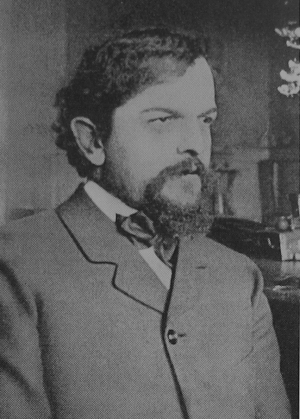This song is often attributed to Giuseppe Giordani, a Neapolitan contemporary of Mozart. However, it has been proven that the composer is not Giordani, but an unidentified author working around the mid of the 18th century.
 |
| The bay of Naples. Pietro Fabris/masterart.com |
The music is between the Italian baroque and the classical style. The prominent building block of melody is the scale, characteristic to the baroque songs, however, the accompaniment (string quartet in the original version) is airy and graceful, and follows merely the style of classical harmonization. The musical form is ABA and a coda with opportunity for a cadenza.
Thou, all my bliss, believe but this when thou art far my heart is lorn. Thy faithful always sighs, do but forgo such cruel scorn.


